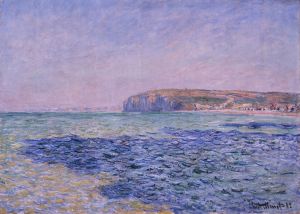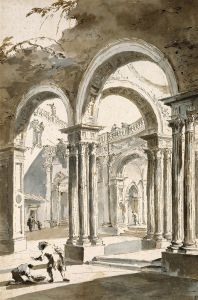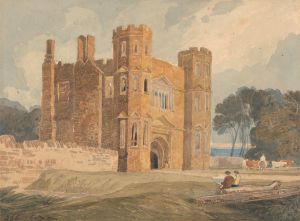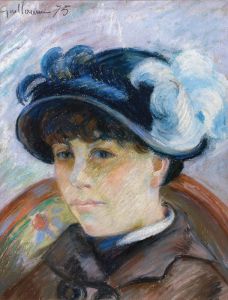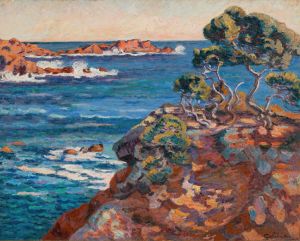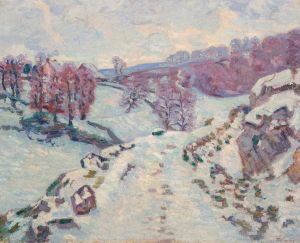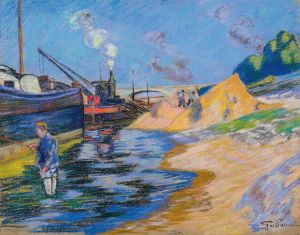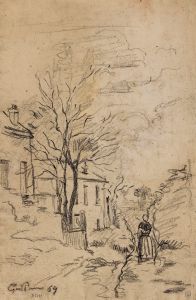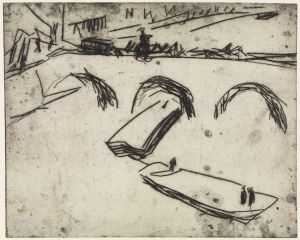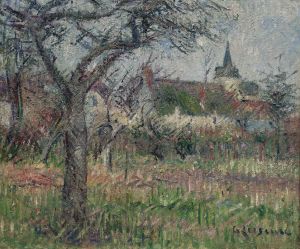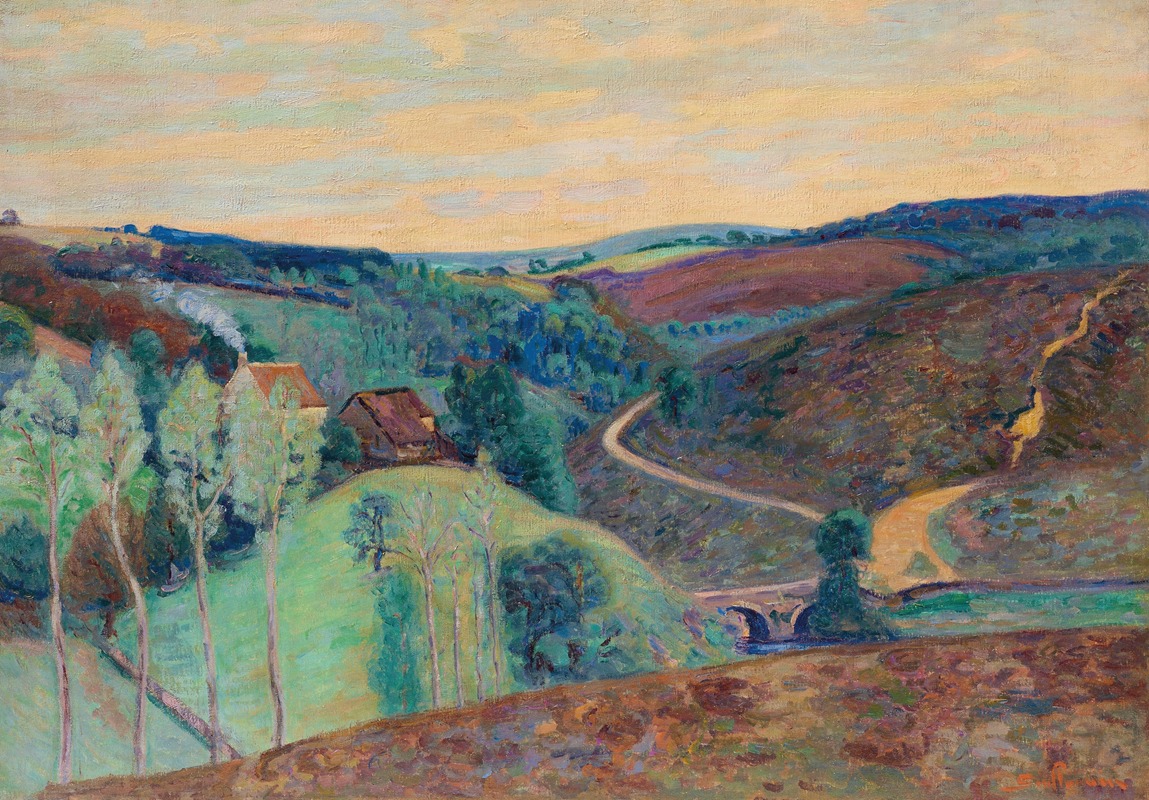
Le pont Charraud
A hand-painted replica of Armand Guillaumin’s masterpiece Le pont Charraud, meticulously crafted by professional artists to capture the true essence of the original. Each piece is created with museum-quality canvas and rare mineral pigments, carefully painted by experienced artists with delicate brushstrokes and rich, layered colors to perfectly recreate the texture of the original artwork. Unlike machine-printed reproductions, this hand-painted version brings the painting to life, infused with the artist’s emotions and skill in every stroke. Whether for personal collection or home decoration, it instantly elevates the artistic atmosphere of any space.
Armand Guillaumin (1841-1927) was a French impressionist painter known for his vibrant landscapes and vivid use of color. One of his notable works is "Le pont Charraud," which translates to "The Charraud Bridge." This painting exemplifies Guillaumin's skill in capturing the essence of the natural world through the lens of impressionism.
"Le pont Charraud" depicts a serene rural scene featuring a bridge over a river, surrounded by lush greenery and a tranquil sky. The painting is characterized by Guillaumin's distinctive brushwork and his ability to convey the effects of light and atmosphere. The bridge, likely a modest structure, serves as the focal point of the composition, drawing the viewer's eye into the landscape.
Guillaumin was a contemporary of other prominent impressionists such as Claude Monet, Camille Pissarro, and Pierre-Auguste Renoir. He was part of the first group exhibition of the Impressionists in 1874, which marked a significant departure from the traditional academic art of the time. Guillaumin's work, including "Le pont Charraud," reflects the movement's emphasis on capturing fleeting moments and the changing qualities of light.
Born in Paris, Guillaumin initially worked in various jobs while pursuing his passion for painting. He studied at the Académie Suisse, where he met future impressionist colleagues like Paul Cézanne and Camille Pissarro. Despite not achieving the same level of fame as some of his peers during his lifetime, Guillaumin's contributions to the impressionist movement were significant, and his works have gained recognition and appreciation over time.
"Le pont Charraud" is a testament to Guillaumin's dedication to plein air painting, a technique where artists paint outdoors to directly observe and capture the natural environment. This approach allowed Guillaumin to infuse his landscapes with a sense of immediacy and authenticity. The painting's vibrant colors and dynamic brushstrokes are hallmarks of his style, which often featured bold contrasts and a rich palette.
Guillaumin's landscapes frequently depicted scenes from the French countryside, including the regions of Creuse and Île-de-France. His ability to render the beauty of these locales with such vividness and emotion has made his work enduringly popular among art enthusiasts and collectors.
Today, "Le pont Charraud" and other works by Armand Guillaumin can be found in various museums and private collections around the world. His paintings continue to be celebrated for their contribution to the impressionist movement and their ability to capture the ephemeral beauty of nature.
In summary, "Le pont Charraud" by Armand Guillaumin is a quintessential example of impressionist landscape painting. It showcases the artist's mastery of light, color, and composition, reflecting his deep connection to the natural world and his commitment to capturing its transient beauty. Guillaumin's work remains an important part of art history, offering viewers a glimpse into the serene and picturesque scenes of 19th-century France.





